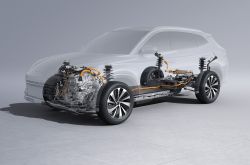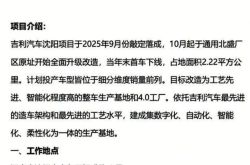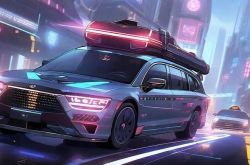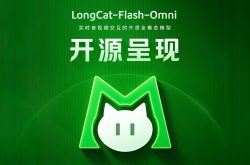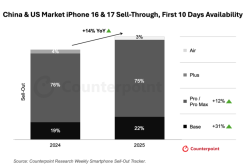The End of "Involution" in Autonomous Driving! Government Intervenes, Leaving Carmakers' Fates Hanging?
![]() 03/06 2025
03/06 2025
![]() 701
701
Introduction
On March 5th, the government work report garnered significant attention, highlighting a crucial matter – the comprehensive rectification of "involutionary" competition.
In discussing the deepening of a nationally unified market, the report emphasized the need to expedite the establishment and refinement of foundational institutional rules, eradicate local protectionism and market segmentation, clear barriers that hinder economic circulation in market entry and exit, factor allocation, and other facets, comprehensively addressing "involutionary" competition.
This revelation prompted numerous industries to ponder their potential impact.
No one driver (WeChat official account: No one driver) delves into what this means for the thriving autonomous driving sector.
(For reference, please click:
"Top Private Enterprise Symposium: Smart Driving Booms, Autonomous Driving Companies Engage in Involution, Who is Secretly Tapping the Brakes?")
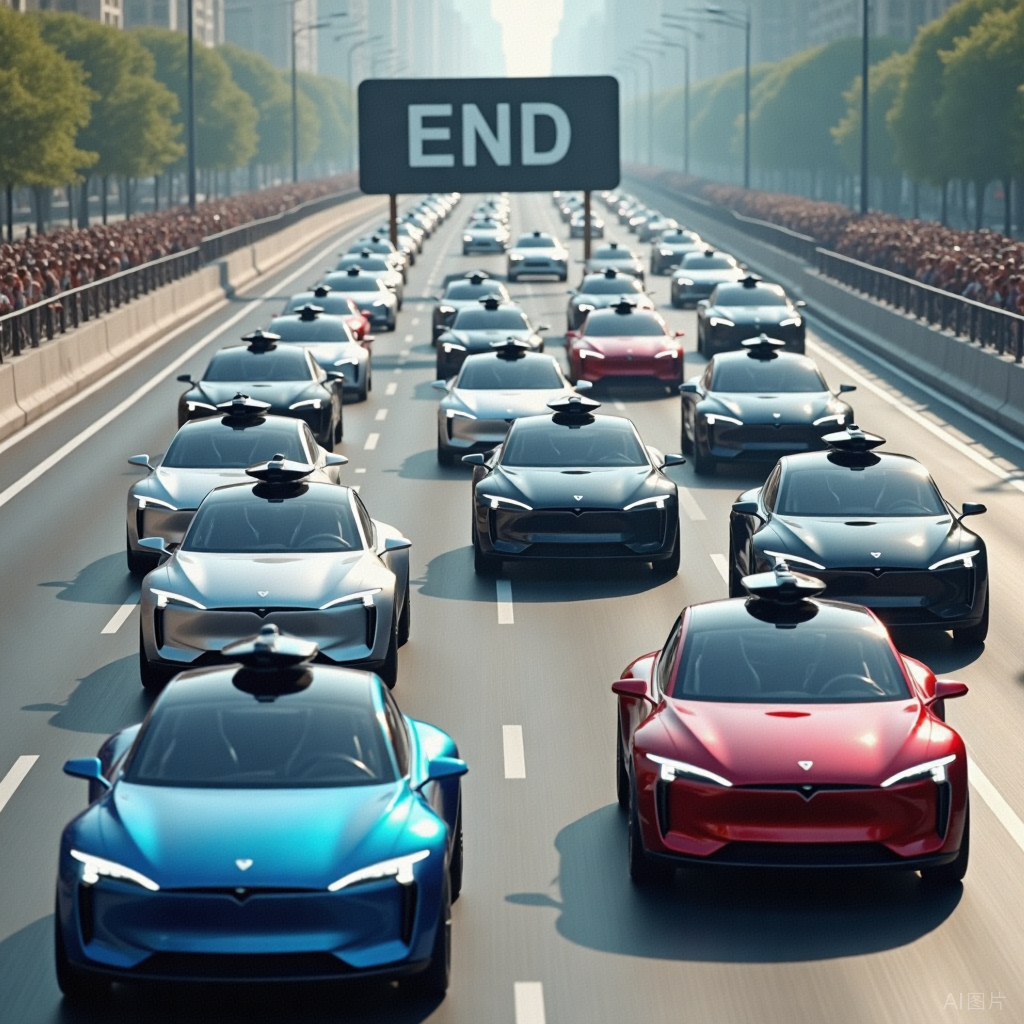
I. Autonomous Driving's "Involution" Chaos: From Tech Competition to Local Protection
In 2023, the autonomous driving industry witnessed a play of "local protectionism":
A major northern city mandated all test vehicles to install "local" lidar, effectively excluding foreign brands.
An eastern city stipulated that autonomous driving data must be stored locally, requiring foreign carmakers to first establish a data center before entry.
A southern metropolis was even more stringent, directly granting "test privileges" to local automakers, making it challenging for foreign vehicles to obtain road test qualifications.
This "warlordism" has inflicted untold suffering on autonomous driving companies:
To secure a Beijing road test license, a new brand had to shell out 120 million yuan for sensors from local suppliers.
A foreign automaker faced an 8 million yuan fine for cross-border data transmission during testing in an eastern city.
To enter a southern metropolis, a startup was compelled to form a joint venture with a local automaker, surrendering technology patents.
The direct consequence of this "involutionary" competition is:
National autonomous driving test standards are fragmented, forcing carmakers to customize solutions for each city.
There is severe resource wastage; one automaker has constructed 12 data centers nationwide with a utilization rate below 30%.
Technological innovation is stifled by local interests, impeding the industry's holistic development.
II. Government Steps In: The Era of "Nationwide Unified Planning" for Autonomous Driving
The "comprehensive rectification of involutionary competition" mentioned in the government work report is a significant positive for the autonomous driving industry.
Specifically, the policy will bring about three pivotal changes:
1. Unify Market Access and Break Local Protection
In the future, autonomous driving test licenses will be nationally recognized, eliminating the need for "one city, one policy" implementations by carmakers.
Unified data storage and transmission rules will avoid redundant data center construction.
Supply chain marketization will allow carmakers to freely choose the most cost-effective suppliers.
An automaker executive calculated that post-policy implementation, at least 500 million yuan in "local protection fees" will be saved annually, which can be reinvested in technology R&D.

2. Optimize Resource Allocation and Avoid Redundant Construction
The country will establish a unified autonomous driving test base, negating the need for carmakers to "encircle land" everywhere.
A data sharing platform will be launched to prevent repeated high-precision map collection by various carmakers.
Unified technical standards will reduce redundant R&D and resource wastage.
Taking high-precision maps as an example, currently, over 20 enterprises nationwide are repeatedly collecting data from the same areas, wasting over 10 billion yuan annually. Post-policy implementation, this chaos will be eradicated.
3. Encourage Healthy Competition and Promote Technological Innovation
The government will establish a special fund for autonomous driving to support enterprises with genuine technological prowess.
A fair competition mechanism will be established to eliminate "connections" and "local umbrellas".
Intellectual property protection will be strengthened, ensuring innovators receive due rewards.
A startup CEO sighed, "In the past, it was all about connections and resources, but now we can finally compete on technology!"
III. Carmakers' "Life-and-Death Situation": Mixed Reactions
Behind the policy dividends, carmakers' fates will shift:
Technology-focused carmakers will usher in a new spring. Tesla, XPeng, and other automakers emphasizing independent R&D will gain a larger market share. Startups can escape local protection shackles and win opportunities with technological strength.
The barrier for foreign carmakers entering the Chinese market will lower, fostering fairer competition.
A technology expert predicts, "In the next three years, the autonomous driving industry will witness a wave of technological breakthroughs, with truly capable companies emerging victorious."
Carmakers reliant on connections face elimination. Those surviving on local protection will lose policy shielding. Enterprises reliant on subsidies and resources will struggle in market competition, and players lacking technological strength may be weeded out.
An insider bluntly stated, "In the past, you could survive on connections, but in the future, you must rely on real skills to thrive."
Supply chain reshuffle. Suppliers leveraging local protection "connections" will lose market share. Suppliers with genuine technological strength will gain broader development prospects. Supply chain concentration will increase, enhancing industry efficiency. A supply chain executive revealed, "Post-policy implementation, at least 30% of suppliers will be eliminated, heralding a significant industry reshuffle."
IV. Good News for Consumers: Safer and Cheaper Autonomous Driving
The ultimate beneficiaries of the policy rectification against "involution" are ordinary consumers:
1. Safer Technology. Unified standards will make autonomous driving systems more reliable, potentially reducing accident rates by 50%. Data sharing will enhance algorithm training efficiency and system decision-making accuracy. Resources will concentrate on core technology R&D, significantly improving safety.
2. More Affordable Prices. Breaking local protection is expected to reduce hardware costs by 30%. Optimized resource allocation may cut software subscription fees by 50%. Intensified competition will force carmakers to lower prices, offering consumers more choices.
3. Smoother Experience. With nationwide unified standards, there's no need to switch systems for cross-regional use. Data interconnection and interoperability will provide a smarter travel experience. Technological innovation will accelerate, with faster function iteration. A consumer joked, "Buying autonomous driving used to be like buying a blind box, but now I can finally buy with confidence."
V. Future Autonomous Driving: From "Involution" to "Win-Win"
The government's rectification of "involutionary" competition marks a new developmental phase for the autonomous driving industry:
Short-term pain: Local protectionism will wane, and some enterprises will be eliminated.
Long-term benefits: The industry is moving towards standardization and marketization, with companies possessing genuine technological strength emerging victorious.
Ultimate goal: Establish a nationally unified autonomous driving ecosystem, realizing technology inclusivity.
An industry expert summarized, "This rectification is akin to major surgery for the autonomous driving industry. Though the process is painful, the outcome is beneficial."
As the government acts to rectify "involution," the autonomous driving industry has finally reached a moment of clarity. From local fragmentation to nationwide unification, from resource wastage to efficient allocation, from connection competition to technology supremacy, this transformation will reshape the industry landscape.
For carmakers, this is a life-or-death test; for consumers, it's technology inclusivity; for the industry, it's a rebirth from the ashes.
In summary, No one driver (WeChat official account: No one driver) believes that future autonomous driving will cease being a "involution" battleground and become a "win-win" stage. Let's observe how this transformation will redefine the future of travel!
Dear readers, what do you think?



